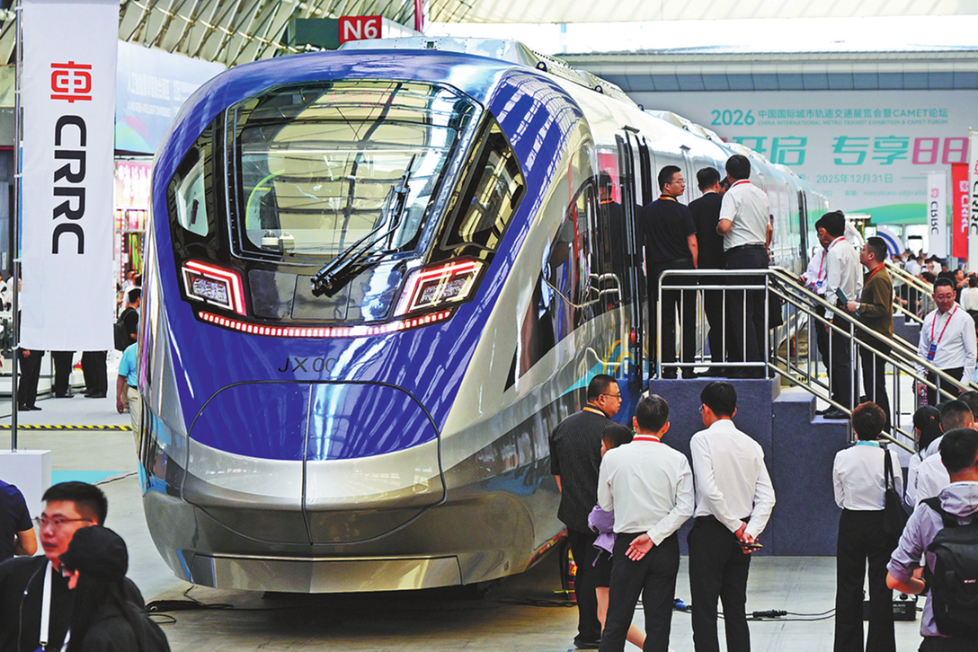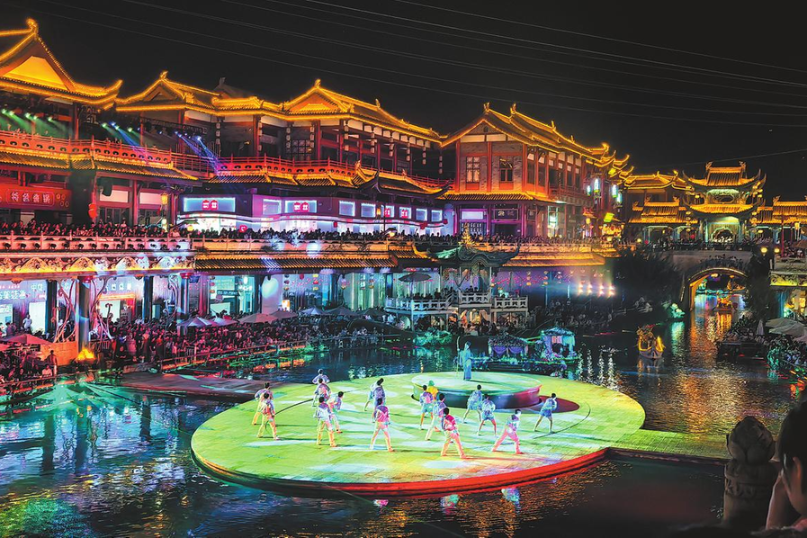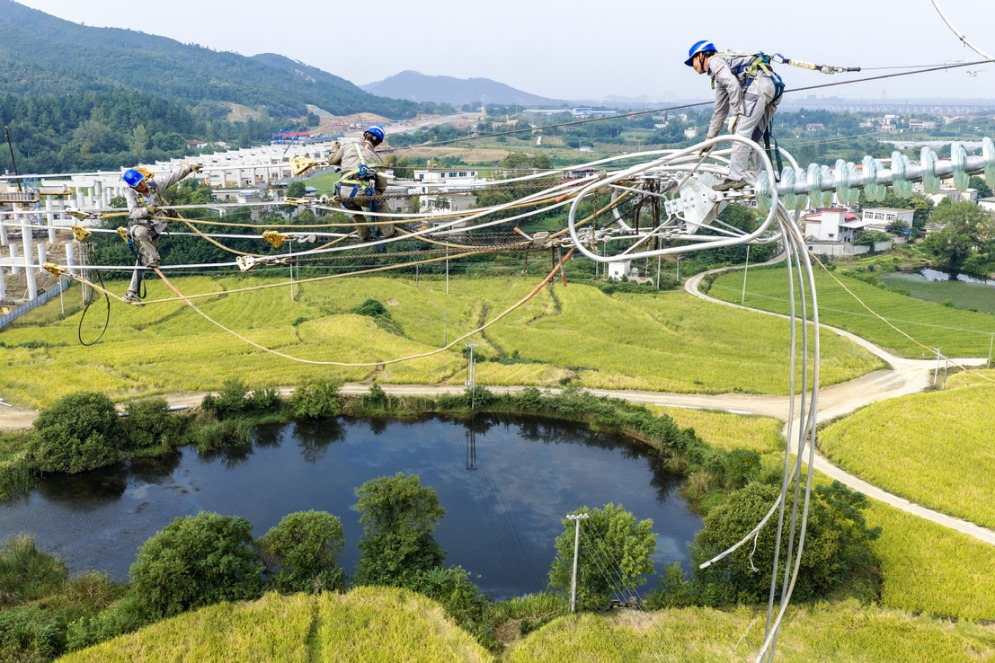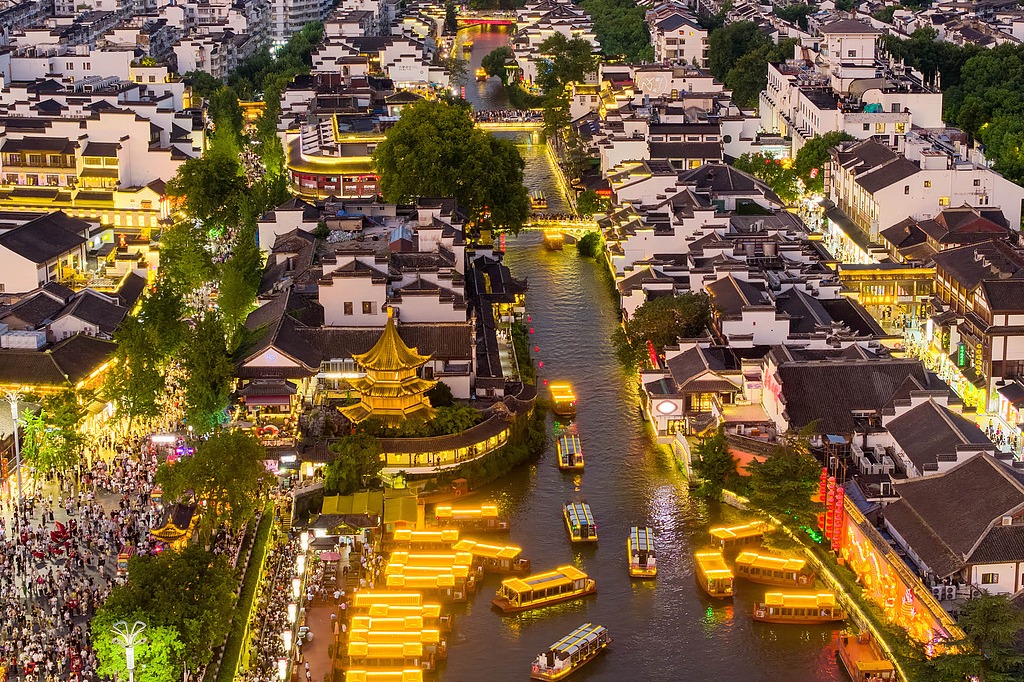Project cracks geological puzzle


Seabed battleground
The bridge's 6.7-kilometer tunnel, the world's longest immersed tunnel for road traffic and China's first offshore immersed tunnel, was the most technologically challenging part of the project.
The tunnel sits in a 20-meter-deep trench along the seabed, and the soil conditions there determine the stability and solidity of its foundation.
There are 33 sections in the HZMB tunnel, with dozens of joints between each section. Unexpected subsidence of a near 80,000-metric-ton tunnel section due to an unstable foundation could destroy the whole undersea structure.
Unlike similar projects in South Korea and Denmark, where the tunnels cross straits with relatively stable geology, the loose sediment of the Pearl River estuary is easily affected by waves and tides, making the seabed unstable.
As a result, the construction team decided to install an extra man-made rock block layer that is 2 meters thick under the tunnel base, in addition to the traditional 1.3-meter gravel bed.
De Wit said the additional rock block will make the tunnel's foundation more uniform and keep subsidence within an acceptable range.
Internationally, settlement of an immersed tunnel needs to be within 20 centimeters. But that of the HZMB has been controlled within 10 cm, according to its chief engineer, Su Quanke.
























